Plans to build the UK’s biggest hydrogen production plant near Kintore have been dealt a blow after councillors pushed for it to be axed.
Statera Energy is behind the 3GW Kintore Hydrogen project that would be one of the largest sites of its kind in Europe.
The production facility would use surplus energy generated by Scotland’s many offshore wind turbines and water from the River Don to create green hydrogen.
The project involves installing a network of underground pipelines to import and export energy across the region.
Up to 3,500 construction jobs would be created to build the site, while more than 300 would be in place once it is operational.
Backlash to plans but support from council officers
However, the proposal hasn’t been popular with residents, with 83 letters of objection against the development sent to Aberdeenshire Council.
They raised fears over noise and pollution, as well as the negative impact this could have on the health of those living nearby.
Historic Environment Scotland also objected to the project as they believed it would have an “unacceptable significant impact” on the South Leylodge steading stone circle.
However, council chiefs recommended the plans be approved as the site would help with “ambitious” national and regional hydrogen targets.
They believed this would outweigh any potential landscape and harm.
Developers say there is ‘no better location than Kintore’
Outline plans for the facility went before a special meeting of the Garioch area committee earlier today.
Senior development manager for the Kintore project, William Summerlin, argued the case for the hydrogen plant.
He said it would create economic benefits across Garioch, Aberdeenshire and the rest of Scotland.
“In Garioch, there are supply chain businesses, industrial parks in Inverurie, Kintore and Westhill that are banging down our door to tender for this project,” he said.
“In construction, this project would be a boon for accommodation and hospitality providers and there will be high quality operational jobs as well.”
Mr Summerlin added that equipment for the site would be manufactured at “assembly hubs” in Aberdeen and Glasgow.
He suggested there was “no better location” for the development, as it was surrounded by three critical pieces of infrastructure – the substation, gas network and the River Don.
Kintore countryside ‘is being ruined by industrial sites’
His arguments, however, didn’t seem to persuade June Morrison and Geoff Fisher of Leylodge Against Industrialisation into siding with him.
Ms Morrison stated the group wasn’t against renewable energy, but believed the Kintore countryside was being “ruined” by ongoing developments.
She claimed the industrial infrastructure at Leylodge and those in the surrounding area would equate to 240 full-sized football pitches or 13,200 car parking spaces.
Meanwhile, Mr Fisher worried about the health and safety of residents living nearby.
“While it has been stated there is no hydrogen storage on site, it will have 11 tonnes of high pressure hydrogen within its pipeline at any one time,” he said.
“The volume of pressure is equivalent to 315 tonnes of TNT explosive power energy.
“Given the potential consequences of a fire or explosion, it’s astonishing that the report before councillors doesn’t consider this at all.”
‘We need to protect our residents’
East Garioch councillor Jim Gifford urged his colleagues to refuse the proposal.
He wanted more clarity on the need for so many industrial site around Kintore, with elected members recently giving the go-ahead for a battery storage nearby too.
And he wanted to “safeguard” residents from having more industrial infrastructure imposed on them.
Mr Gifford said: “What we’ve been getting for a long time are applications for substations, pipeline routes, turbines, battery storage plants and now this.
“All we are ever getting is one little piece of the jigsaw at a time but with no idea of what the bigger picture looks like.
“I just find it a bit odd we give more weight to some fallen down stones and a derelict canal than we do to people living in the proximity to this.”
He added: “I don’t think there’s any doubt we need the hydrogen – it’s a big step on the road forward to get away from fossil fuels.
“I’m not convinced that the balance in terms of climate change taking precedence over the amenity of people living in the area has been made.
“We need to protect our residents… It’s just too close to too many people.”
What did they decide in the end?
However, Inverurie councillor Neil Baillie was favourable of the plans, saying the site near Kintore seems to be a suitable location.
Councillor Ron McKail echoed his words, and said: “Whilst the development would have several significant impacts, the benefits of the scheme would outweigh these.”
However, councillors still recommended the project for refusal – with the final verdict on the plans expected at a full council meeting next month.
Read more:
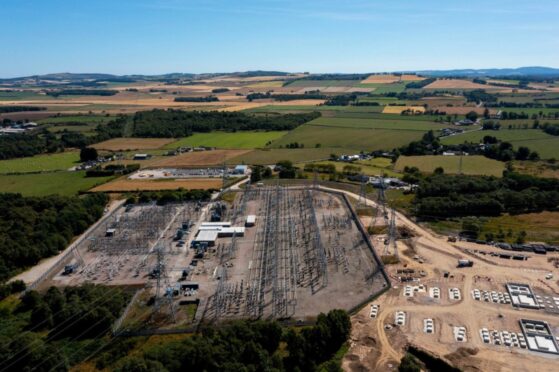
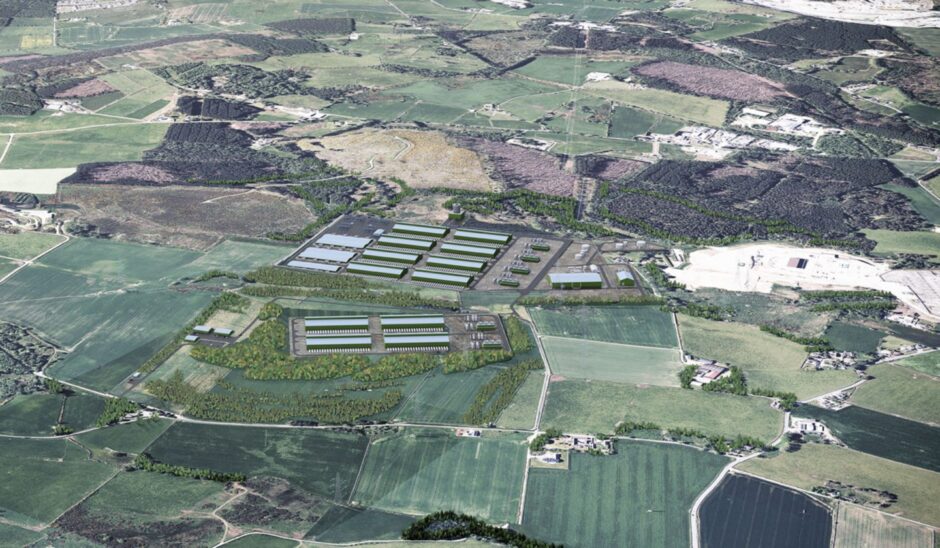

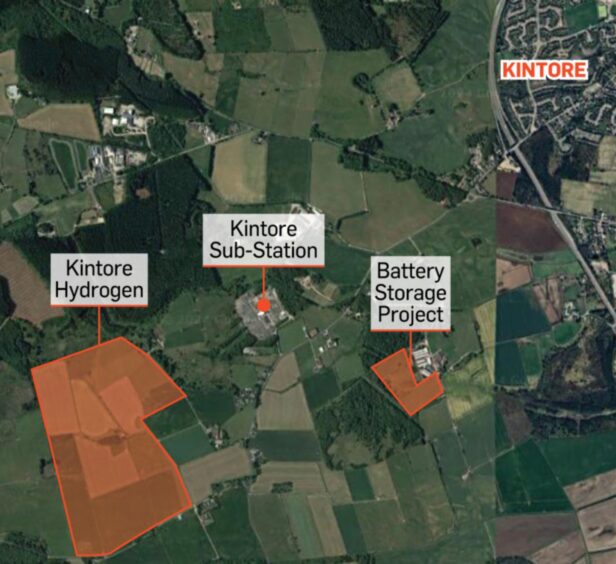
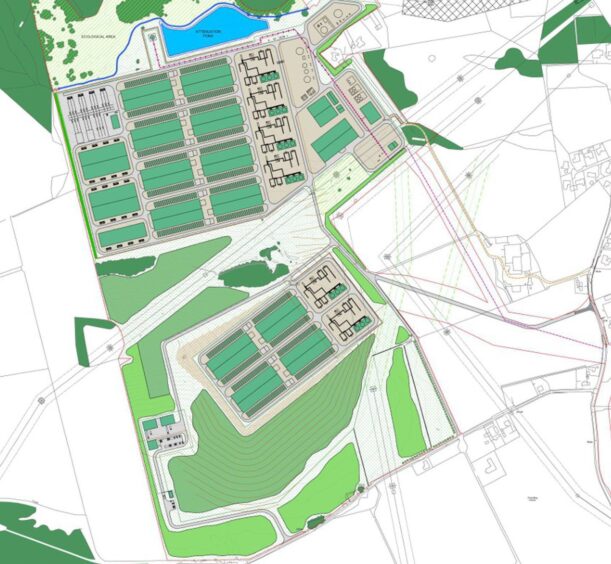
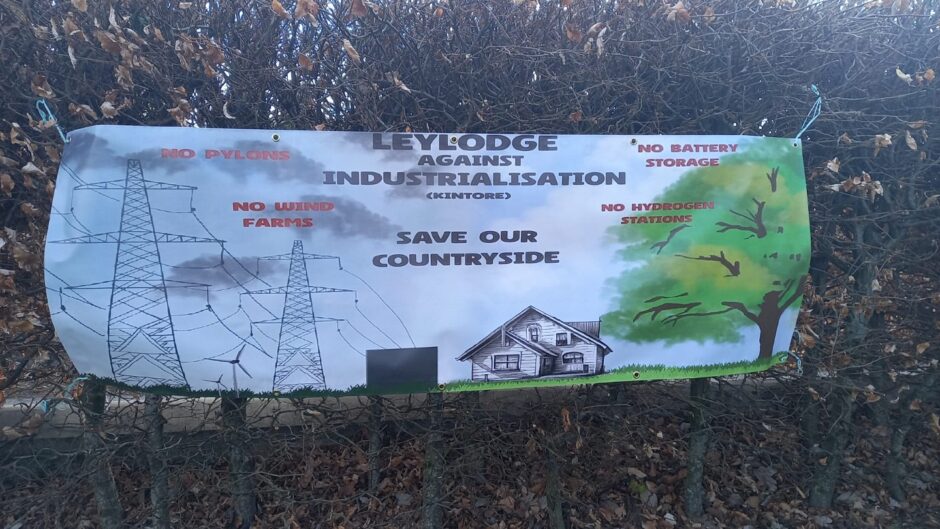
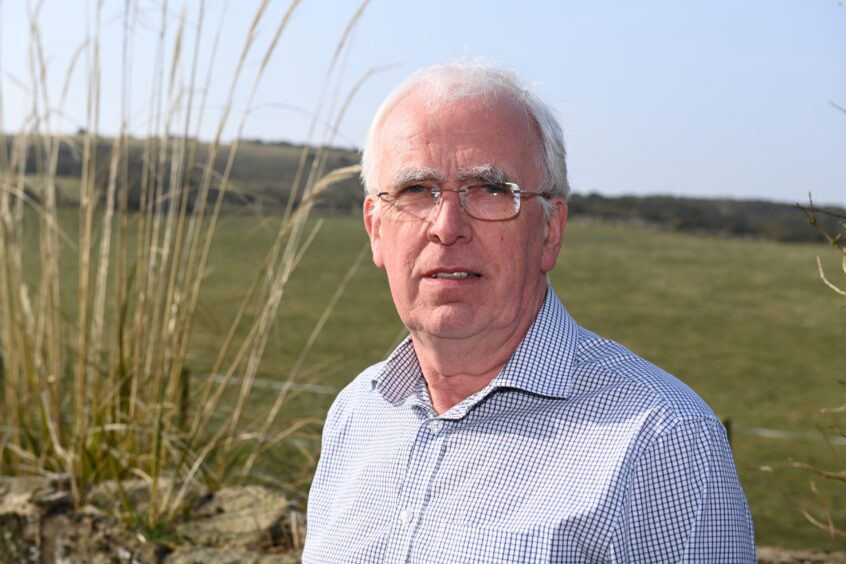
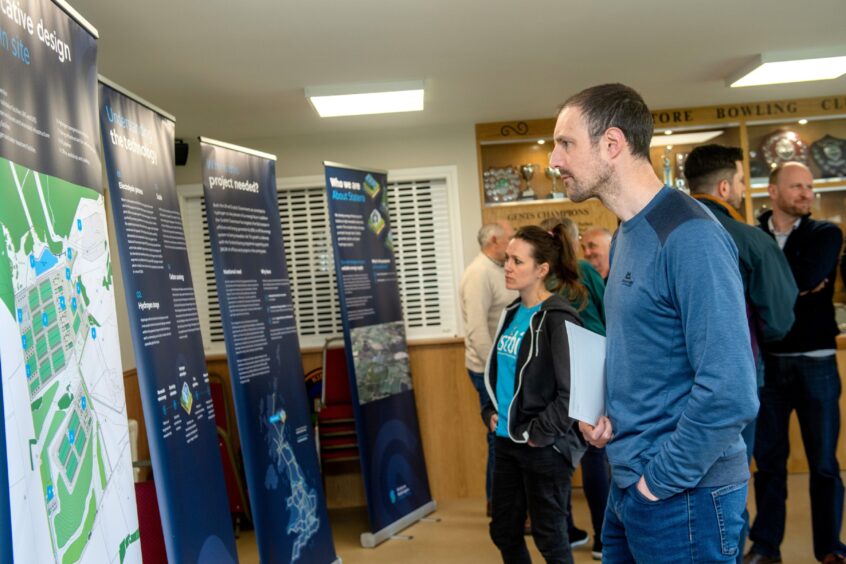
Conversation